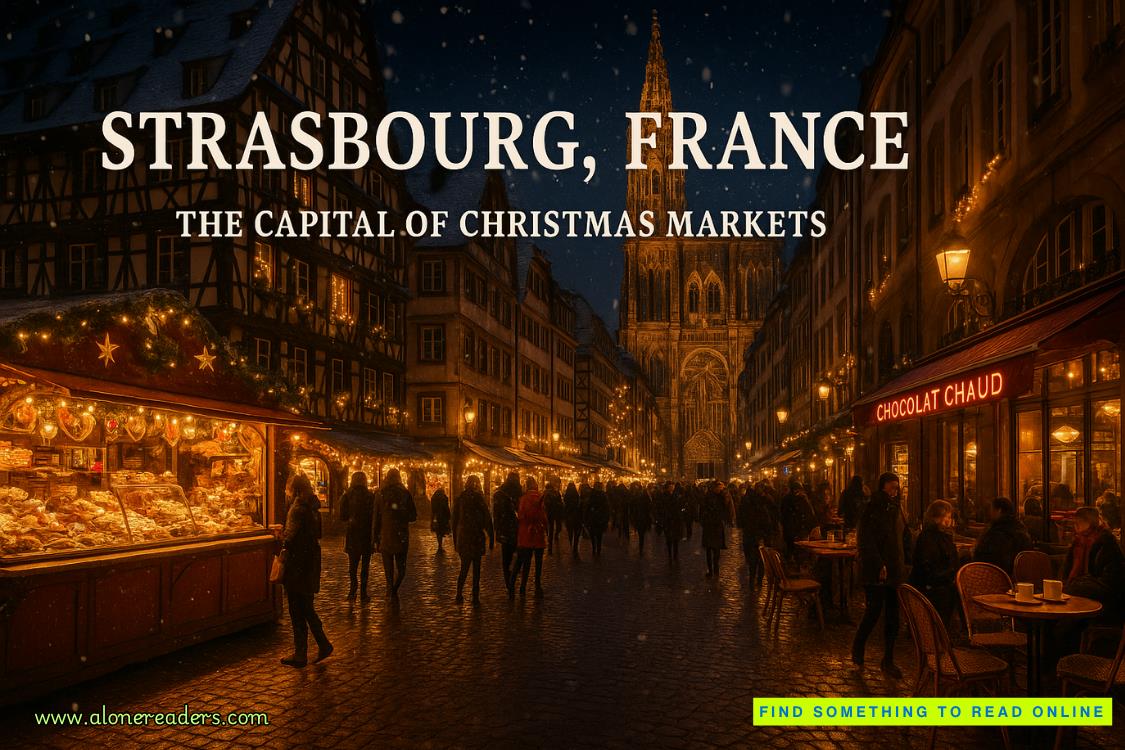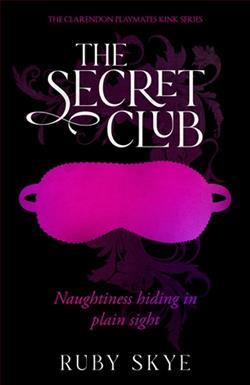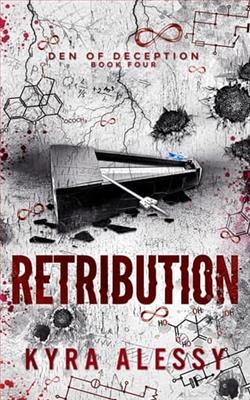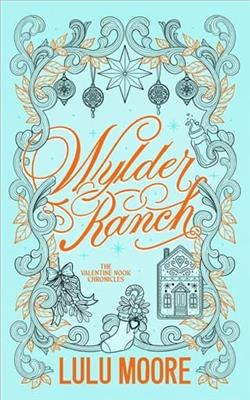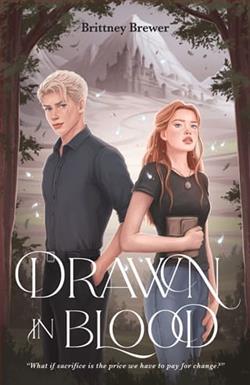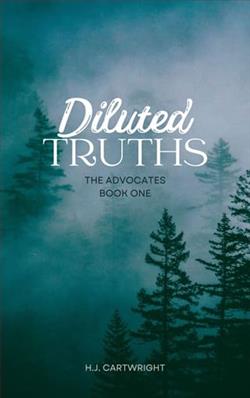Page 68 of Just One Year (Just One Day 2)
Cancún
The bus is shaped like a monkey, it’s full of old people, and I don’t want to be on it. But Broodje does, and after dragging him to half the resorts on the Mayan Riviera, I’m not one to argue.
“First stop, Coba, then we go to a Mayan village. Then a zip line—not sure about these folks and a zip line,” Broodje says, nodding to our mostly gray-haired tour mates. “Then swimming in a cenote—it’s a kind of underground cave lake—then Tulum.” He flips the brochure around. “This tour costs a hundred and fifty dollars per person and we got it for free.”
“Hmm,” I say.
“I don’t get it. You’re Dutch on one side, Israeli on the other. By all rights, this should make you the cheapest bastard alive.”
“Uhh-huh.”
“Are you listening?”
“Sorry. I’m tired.”
“Hungover more like. When we stop for lunch, we’ll get some tequila. Hair of the dog is what T.J. calls it.”
I bunch my rucksack into a makeshift pillow and lean my head against the window. Broodje pulls out a copy of Voetbal International. The bus chugs off. I fall asleep, waking when we arrive at Coba. We plod off the bus, standing in a little clump as the guide tells us about the ancient Mayan ruins, a series of isolated temples and pyramids half overtaken by the trees and vines of the jungle. “It’s very unique,” she says. “This is one of the few ruins you can still climb. And you’ll also be interested in the lagoon, La Iglesia, or church, and of course, the ball courts.”
Behind us, a girl, the only other person our age, asks, “Ball courts? What kind of ball did they play?”
“A sort of basketball,” the guide answers.
“Oh.” She sounds disappointed.
“You don’t like basketball?” Broodje asks her. “I thought Americans loved basketball.”
“She’s a soccer player,” an older woman says. “She was all-state in high school.”
“Nana!”
“Really? What position?” Broodje asks.
“Striker.”
“Midfield.” He taps his chest.
They look at each other. “Wanna go check out the ball courts?” she asks.
“Sure.”
“Be back in a half hour, Candace,” the older lady says.
“Okay.”
Broodje looks at me to come, but I nod for him to go alone. When the rest of the tour sets off toward the lagoon, I turn straight for the Nohoch Mul pyramid, climbing the 120 near-vertical steps to the top. It’s midday and hot so there’s hardly anyone up here, just a family taking pictures. It’s still enough for the quiet to be loud: the rustle of the breeze in the trees, the squawk of tropical birds, the metallic chirp of crickets. A gust of hot wind picks up a dry leaf and carries it over the jungle canopy.
The stillness is interrupted by a couple of kids, who have started shouting each other’s names in bird chirps. “Josh!” the girl squawks, as her brother laughs.
“Allie!” the boy, Josh, presumably, chirps back.
“Joshua, Allison, shh,” their mother chides, gesturing to me. “You’re not the only ones up here.”
The kids look at me, cocking their heads, as if inviting me to call out a name, too. I hold up my hands and shrug because I don’t actually know the name I want to yell. I’m not even sure I want to yell it anymore.
Back at the Monkey Bus, I find Broodje and Candace sharing a Coke, one bottle, two straws. When we lumber back on board, I slip into a seat next to an older man traveling solo, allowing Broodje and Candace to sit together in our row. When I hear them arguing about whether Van Persie or Messi is the best striker, I smile, and my gentleman seatmate smiles back.
After lunch, we stop at a traditional Mayan village and are given the option of a ten-dollar spiritual cleansing by a Mayan priest. I stay off to the side as the others take turns standing under a smoking canopy. Then we’re herded back on the bus. The doors wheeze open. Broodje climbs on, Candace climbs on, my seatmate with the sandals and the socks climbs on, the guide climbs on. Everyone climbs on, except me.

